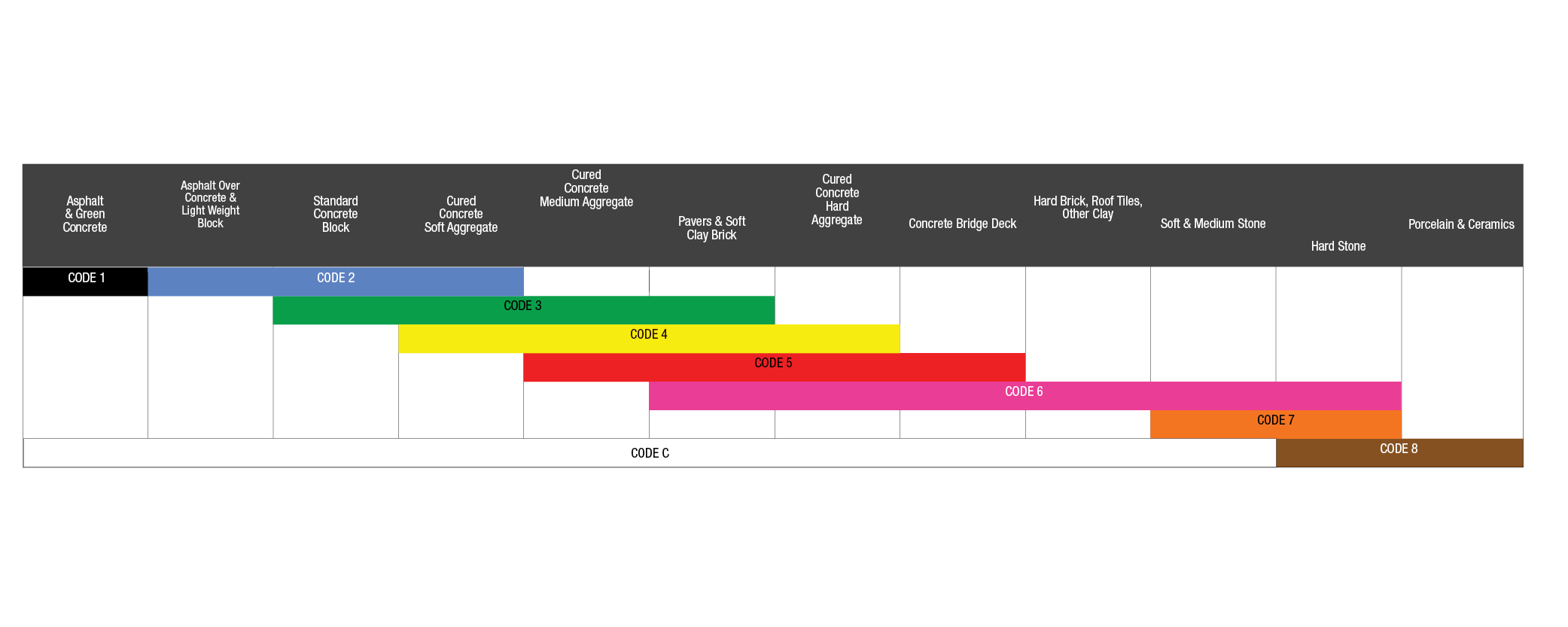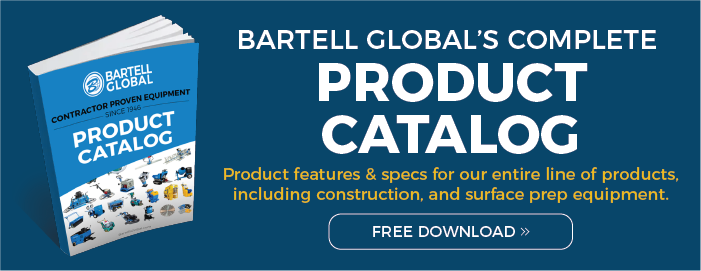Diamond blades are a very common tool that you may already be using everyday. Whether you are in a cutting/drilling profession, or just use them occasionally, understanding the difference between the various types of blade applications available, will help ensure that you are getting the best production rates and value out of them. There are many specific applications for diamond blades, but in this blog, we wanted to highlight some of the broader groupings, to offer a starting point for those who may be new to diamond blade use, no matter what material you may be dealing with.
Before we get into talking about those different applications, there is one important thing to understand; When looking at different manufacturers' blades, pay attention to the different terminology and language being used. Many companies will use terms incorrectly, (e.g. using "General application" for simplicity sake, when in reality the blade may not be a good option for ALL general purpose applications). The incorrect use of terms can make selecting the best option very difficult. Make sure you look into what the specifics of the application are before just buying it based on the term.
Basically, there are two main types of application categories. Material and General applications.
1) Material applications are made to cut a specific material based on its hardness. The bonds that are used in these blades are designed specifically to perform with a certain material, giving you better production and life.
2) General application blades are made to be used on a variety of materials.
Also, finding a dealer or manufacturer that you can trust and ask questions about the application specs is always reccomended. That way you can clear up any confusion or uncertainty about terminology or application, before making your purchase.
Material Specific Blades
If you're a pro cutter, or aspire to be, these are the type of blades that you will most likely be using regularily. They offer the best production rates because they are created for a specific purpose, which allows for more efficient cutting. With these blades, its very important to understand the material you will be cutting, knowing that you'll be cutting "concrete" isn't always good enough. You need to understand the hardness of the concrete and if there is anything else the blade will be hitting; these few factors affect the type of blade you buy.
Also, if you're purchasing material specific blades, make sure you also are buying a higher-quality blade. This will give you even better production and even though the blade costs more up-front, the increased life will out-weigh the initial cost difference.
In the long run, these are the blades you want to be buying if you are cutting regularily and really understand the material your cutting. Overall, they will offer you much better value for the price.
General Application Blades
For anyone who is cutting occasionally or does not have an in-depth understanding about the material they are cutting, a general application blade will get the job done. These blades are great for distribution networks that deal with home-owners and small contractors, because they will cut most materials sufficiently, and simplify the process of blade purchasing for these customers.
One thing to be aware of with General or Multi-application blades is, although they will cut most materials decently, there are some materials on the ends of the spectrum that they will have a hard time cutting. Anything that is extremely abrasive or fine should be cut with a Material Specific blade. (See Code C in the diagram below, for materials that a General application blade is able to cut.)



 By
By 